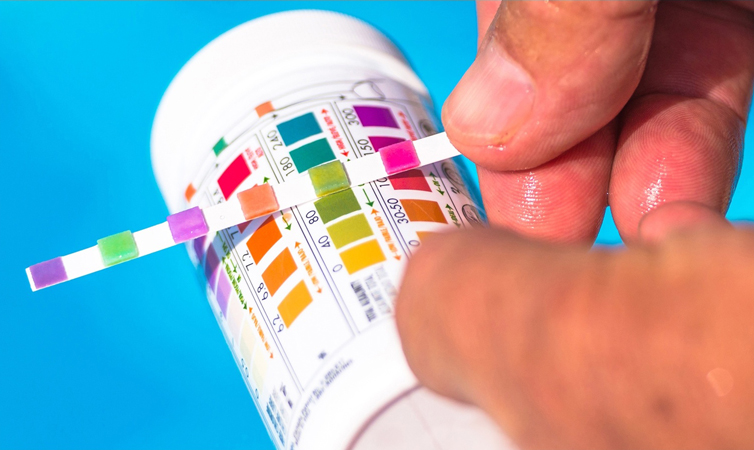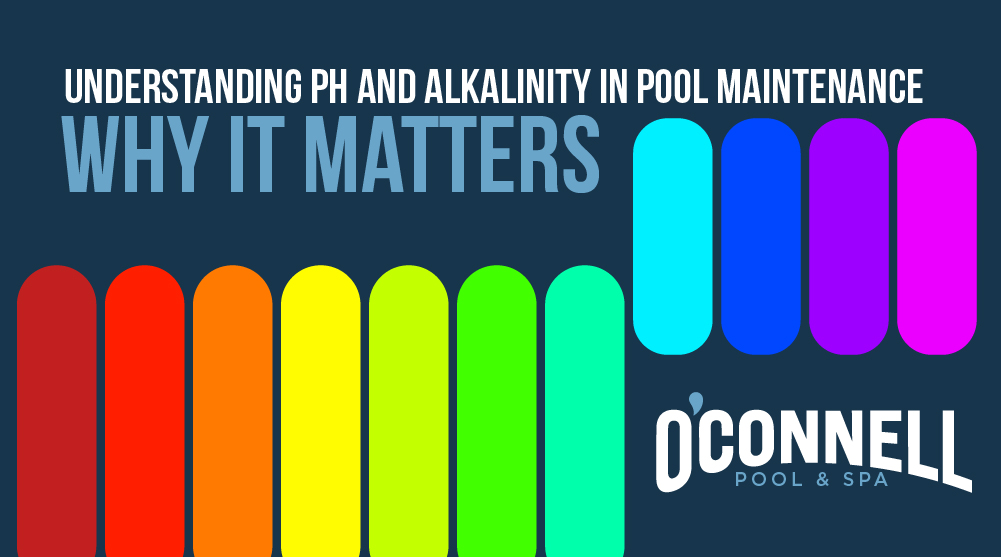Owning a pool is like having your very own backyard paradise—complete with sun-soaked afternoons and refreshing swims. But let’s be honest, maintaining that sparkling oasis requires a bit of know-how. Two unsung heroes in the pool maintenance world are pH and alkalinity. These chemical balances are crucial not just for swimmer comfort but also for the longevity of your pool and its trusty equipment. So, grab your favorite floatie and let’s dive into the nitty-gritty of pH and alkalinity, how heavy rainfall can stir the waters, and why keeping these levels in check is essential for pool perfection.
What is pH?
Think of pH as the pool’s mood ring, measuring how acidic or basic the water is on a scale from 0 to 14, with 7 being perfectly neutral. Here’s how your pool’s mood might look:
- pH below 7: The water is feeling a bit too sour—acidic.
- pH above 7: The water is getting a little too basic or alkaline.
For a delightful swimming experience, aim for a pH level between 7.2 and 7.8. This slightly basic range ensures that swimmers are comfortable and your pool chemicals are doing their job effectively.
Why is pH Important?
Maintaining the correct pH balance is like keeping the peace at a family reunion—everyone’s happier when things are just right. Here’s why pH matters:
- Swimmer Comfort: Water that’s too acidic or too alkaline can cause itchy skin, red eyes, and general discomfort. Nobody wants their pool to feel like a spa gone wrong!
- Effectiveness of Sanitizers: Chlorine and other sanitizers are the pool’s knights in shining armor, but they work best when pH is in the optimal range. Off-balance pH means weaker sanitizers, leading to unwanted guests like bacteria and algae.
- Protection of Pool Equipment: Low pH (high acidity) can corrode metal parts, turning your pool equipment into rusty relics. High pH can cause mineral buildup, clogging pipes and damaging surfaces. It’s like preventing your pool from developing its own personality quirks.
What is Alkalinity?
Alkalinity helps to keep pH from swinging wildly like a kid on a sugar rush. Measured in parts per million (ppm), the ideal range for pool water is typically between 80 and 120 ppm. It acts as a shock absorber, smoothing out the bumps in pH changes caused by rain, heat, or enthusiastic cannonballs.
Why is Alkalinity Important?
Alkalinity works hand-in-hand with pH to maintain a balanced and stable pool environment:
- pH Stability: Proper alkalinity levels prevent rapid pH changes due to environmental factors like rain or heavy pool use. Stability here is key to avoiding the irritation and equipment damage we mentioned earlier.
- Balanced Water Chemistry: When alkalinity and pH are in harmony, you get crystal-clear, safe, and pleasant water for everyone to enjoy.
- Prevention of Corrosion and Scaling: Just like with pH, maintaining the correct alkalinity protects your pool surfaces and equipment from corrosion (low alkalinity) and scaling (high alkalinity).
The Impact of Heavy Rainfall on pH and Alkalinity
When Mother Nature decides to send a downpour your way, your pool’s pH and alkalinity can take a hit. Rainwater is naturally acidic, with a pH around 5.0 to 5.5. Large amounts of rain can lower your pool’s pH, making the water more acidic, and dilute alkalinity, reducing its buffering power. This can lead to the pH rollercoaster we want to avoid. After a storm, it’s crucial to check and adjust your pool’s chemistry to keep everything balanced and your swimmers happy.

How to Maintain pH and Alkalinity in Your Pool
Regular testing is your pool’s best friend. Here’s how to keep your pool’s pH and alkalinity levels in check:
- Test Regularly: Grab a pool test kit or some test strips and check your pH and alkalinity at least once a week. More often if your pool is seeing heavy use or after a rainstorm.
- Adjust pH and Alkalinity Separately: If your pH is out of whack, use pH increasers or decreasers accordingly. For alkalinity adjustments, baking soda can raise levels, while specific reducers can bring them down.
- Make Gradual Changes: Change levels slowly and in stages to avoid causing more imbalances. It’s like seasoning your food— a little goes a long way.
- Balance First, Then Add Chemicals: Always get your pH and alkalinity in the proper range before tossing in other pool chemicals like chlorine. This ensures everything works effectively and harmoniously.
Maintaining the pH and alkalinity of your pool isn’t just about keeping the water clear; it’s about creating a balanced environment that ensures safety, comfort, and longevity for your pool and its swimmers. Regular testing and adjustments, especially after heavy rainfall, will keep your pool sparkling and your equipment running smoothly.
Ready to take the plunge into hassle-free pool maintenance? Let the experts at O’Connell Pool & Spa handle the nitty-gritty so you can enjoy a pristine, worry-free pool all year round. Whether you need routine maintenance, repairs, or a complete pool makeover, our team is here to help. Don’t let pH and alkalinity woes dampen your summer fun—get in touch with O’Connell Pool & Spa today and make your pool the envy of the neighborhood!

